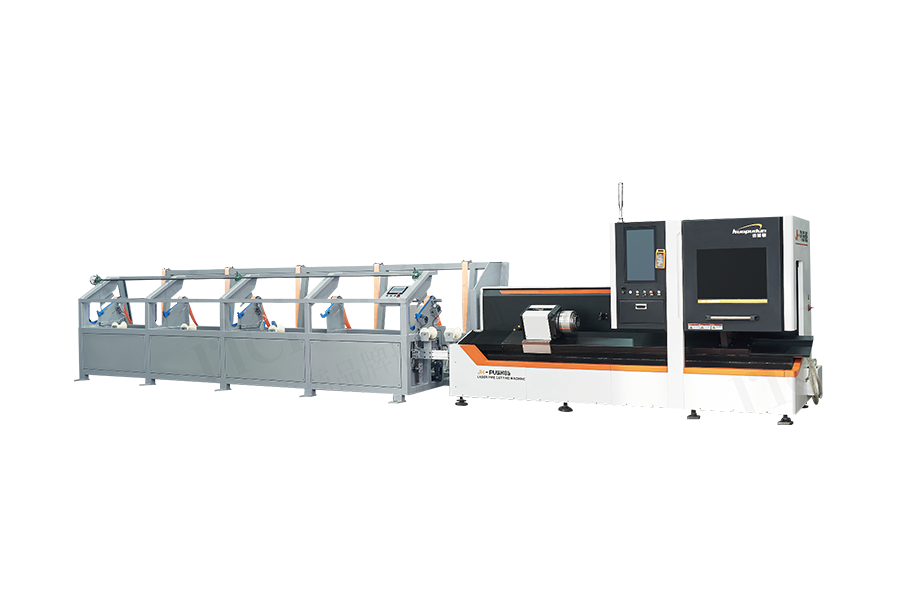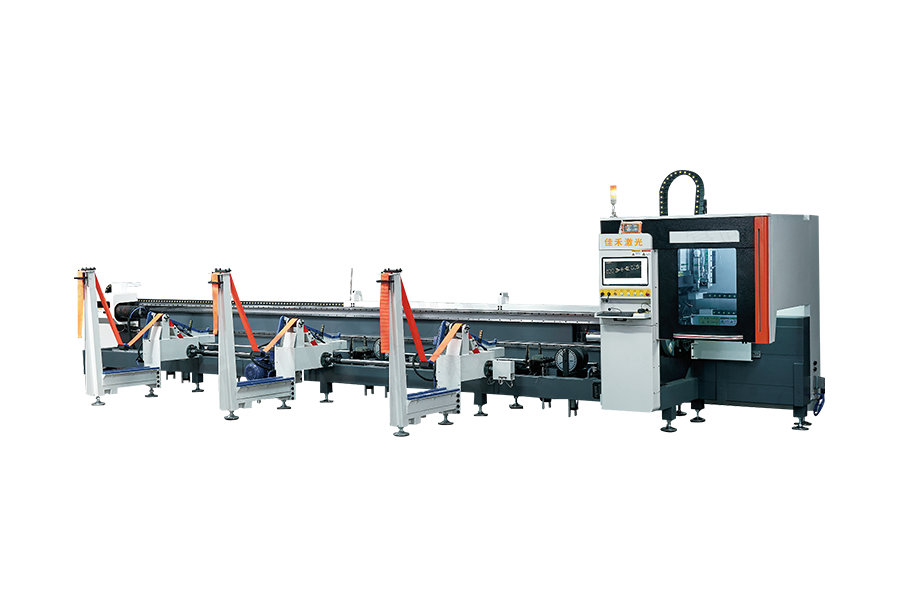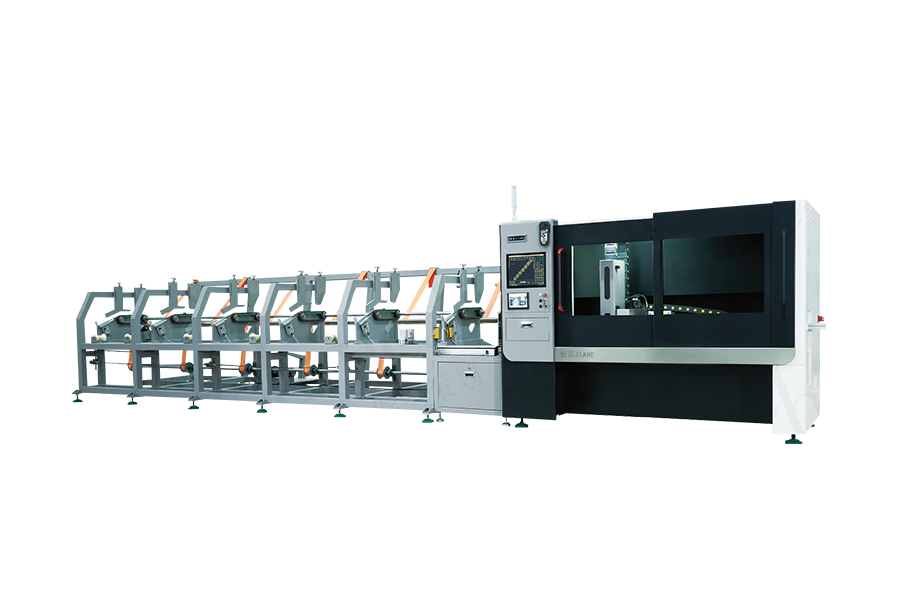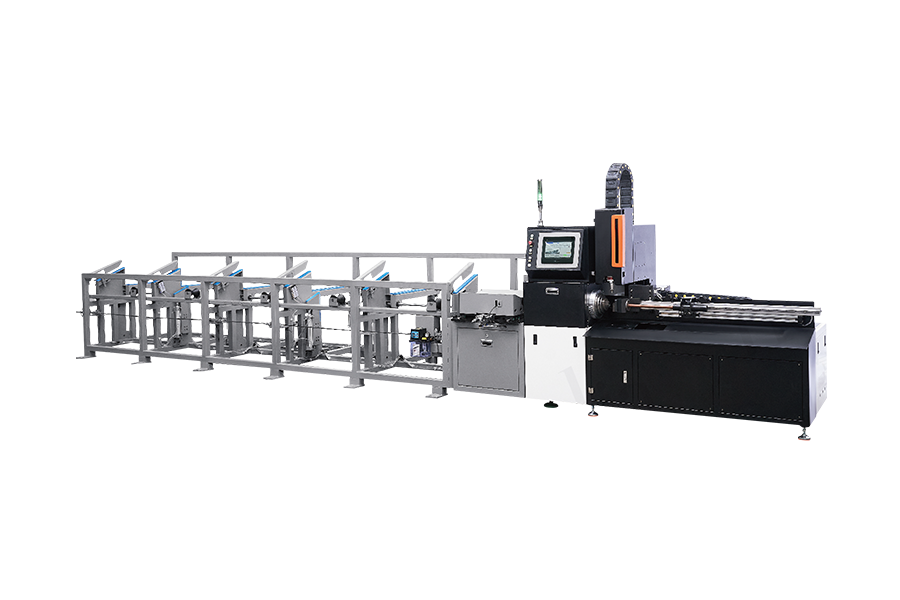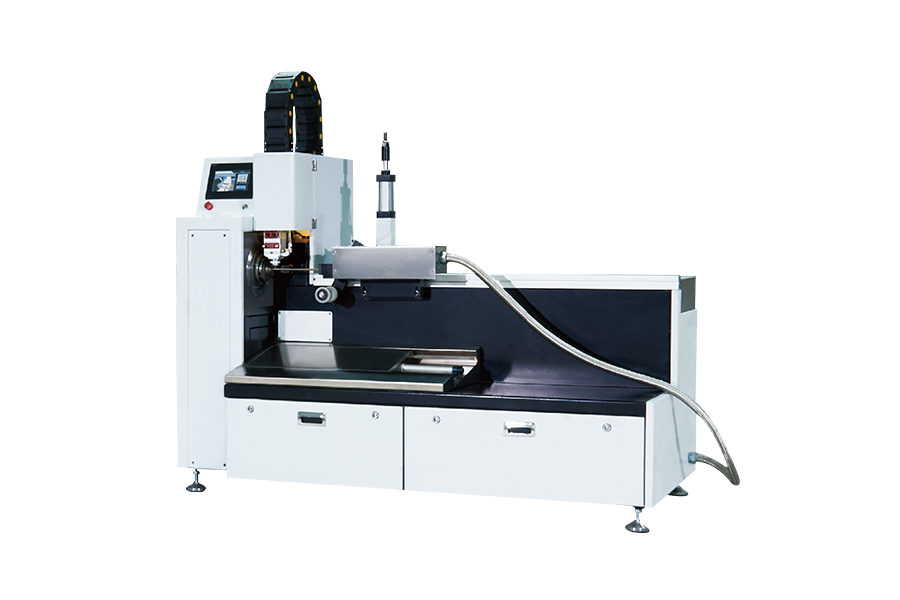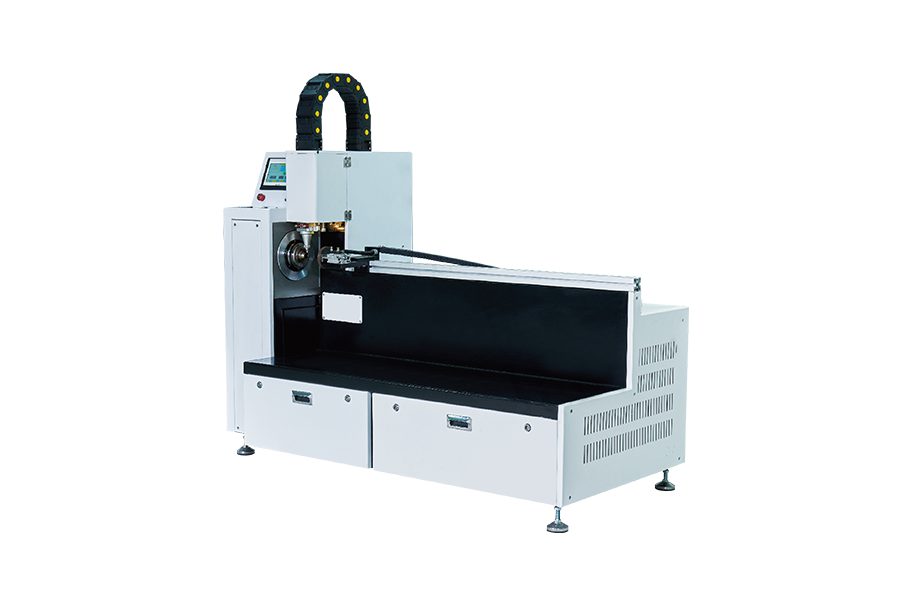Professional R&D, production, sales and after-sales integration.
We have many years of experience in R&D of automation technology and laser technology
When it comes to cutting pipes for various industrial applications, the choice of cutting method can significantly affect the efficiency, quality, and cost-effectiveness of production. Traditionally, pipe cutting was performed manually using handheld tools, but with technological advancements, the automatic pipe cutting machine has become a common alternative. While both methods have their advantages, understanding the differences between the Custom automatic pipe cutting machine and manual methods can help businesses make informed decisions based on their specific needs.
One of the primary benefits of the automatic pipe cutting machine is its speed and efficiency. Manual methods involve a series of labor-intensive steps: measuring, marking, and cutting each pipe individually, which can be time-consuming, especially for larger production runs. In contrast, an automatic pipe cutting machine can complete the same task much faster by automating the cutting process. It operates continuously, cutting pipes to precise lengths without the need for constant supervision or adjustment, which significantly speeds up production times.
Precision is essential when cutting pipes to ensure that each piece fits ideally within the broader system or assembly. Manual methods are often subject to human error, with variations in measurements, cuts, and angles that can result in wasted materials or incorrect assembly. An Automatic Pipe Cutters Maker is programmed to make precise cuts every time, ensuring consistency across all pieces. The machine’s ability to replicate the same cut repeatedly with no variation is crucial for industries where uniformity is key, such as in the construction of pipelines, plumbing systems, or other manufacturing processes.

Labor costs are a significant consideration for businesses looking to optimize their production processes. Manual cutting requires skilled workers to operate the tools and manage the cutting process, which can be costly in terms of wages and time. Additionally, as the process is repetitive and physically demanding, workers may become fatigued, resulting in slower speeds and a higher risk of errors. On the other hand, an automatic pipe cutting machine reduces the need for manual labor, as it can perform the same tasks with reduced human intervention.
Material waste is another important factor to consider when evaluating cutting methods. In manual cutting, workers may inadvertently produce cuts that are slightly off, resulting in wasted material. Additionally, measuring and marking pipes by hand can introduce inaccuracies that result in uneven pieces or leftover scrap material. The OEM Pipe Automatic Cutting Machine reduces material waste by making precise, accurate cuts. Many machines also feature optimization software that arranges cutting patterns in the efficient way possible, reducing the amount of material required and limiting scrap. This can result in significant savings on raw materials, especially in industries that work with expensive or hard-to-find materials.
Cutting pipes involves the use of sharp tools and heavy machinery, which can pose safety risks. In manual cutting, workers are often exposed to potential injuries from tools such as saws, cutters, or grinders. Furthermore, the repetitive nature of manual cutting can result in strain or overexertion, increasing the risk of accidents. The automatic pipe cutting machine reduces these risks by automating the cutting process. Operators can monitor the machine from a distance, reducing direct contact with cutting tools. Additionally, many modern automatic pipe cutting machines come equipped with safety features, such as emergency stop buttons, protective barriers, and automatic shutoff functions, enhancing worker safety.
While the automatic pipe cutting machine is highly efficient, its versatility is often considered an important advantage. These machines can be adjusted to cut various types of pipes, including different materials like metal, plastic, and composites. They are also capable of cutting pipes in various sizes and lengths, depending on the specific needs of the project. Manual methods, on the other hand, can be limited by the tools and skill of the operator. Cutting different materials or sizes may require specialized tools or techniques, resulting in additional setup time and potential delays. The automatic pipe cutting machine provides greater flexibility in handling a wide range of pipe materials and sizes without the need for constant adjustments or additional tools.

 English
English 中文简体
中文简体 русский
русский